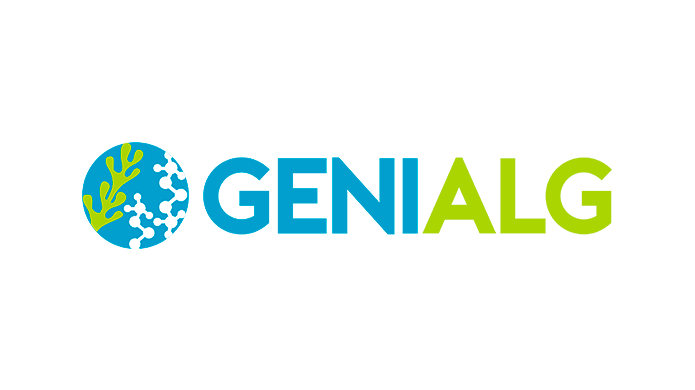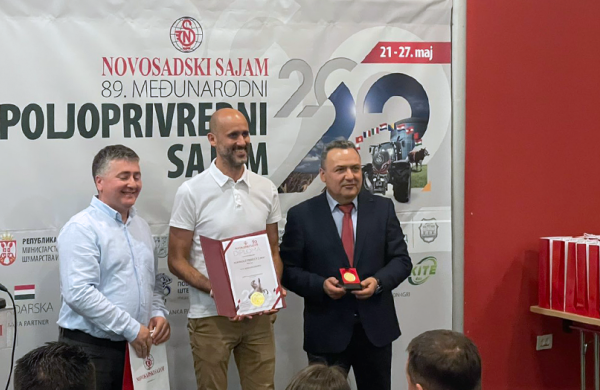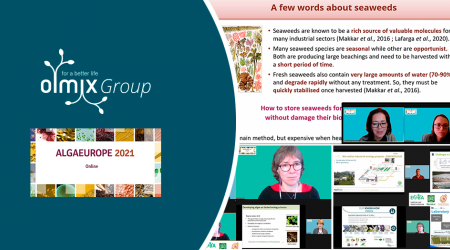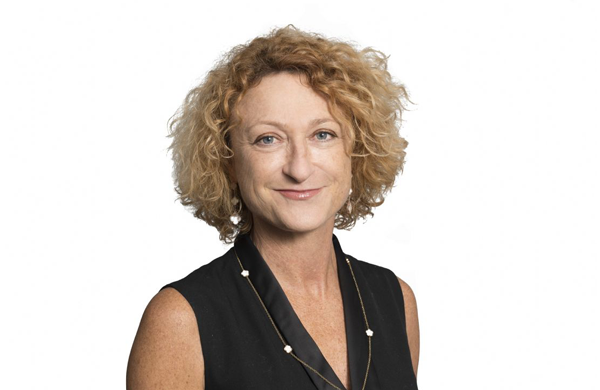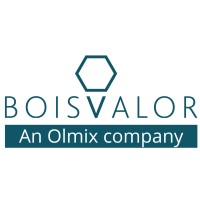As part of the GENIALG project, Olmix Group has been involved in a recent scientific study that sheds light on successful natural processes to extract chlorophylls from Ulva spp. from 2 different European biomasses. The research was developed in collaboration between Olmix, ALGAplus and University of Aveiro and has been published in Separation and Purification Technology Journal.
Abstract
Products extracted from natural resources are a trend in expansion in several fields which is being promoted by the consumer demands. Nowadays, allied with the importance the concept of “natural product” has, should be the way the “natural product” is obtained. In this work, chlorophyll was extracted from batches of wild-harvested and farm-raised green macroalgae Ulva spp. from two different European locations, Portugal and France.
The performance of different aqueous solutions of tensioactive compounds such as ionic liquids and common surfactants in the yield of extraction of chlorophyll was studied and the operational conditions of extraction were optimized. The effect of drying the biomass on the yield of extraction of chlorophyll was evaluated as well as the effect of both locations (and the specific conditions of each location in terms of nutrients, water temperature and light intensity) in chlorophyll production. After the optimization of all operational conditions, a maximum yield of extraction of chlorophyll of circa 6 mgchl·gdry algae−1 was obtained using aqueous solutions of tributyltetradecylphosphonium chloride ([P4,4,4,14]Cl) at 250 mM.
The use of this solvent has allowed the development of a cost-effective (conclusion obtained after the economic analysis) and efficient process able to maintain the pigments stability up to one month.
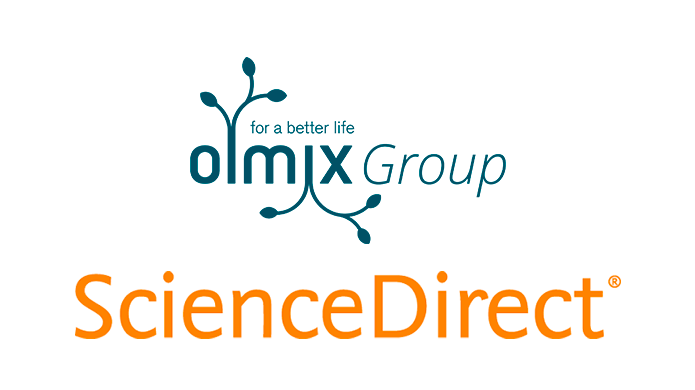
About the GENIALG project
GENIALG is the first industry-driven project bringing together pioneering companies in large-scale integrated European biorefineries and experts in seaweed cultivation, genetics and metabolomics with the aim of boosting the seaweed industry.
The overall objective of GENIALG is to boost the European Blue Economy by designing high-yielding seaweed cultivation systems. GENIALG aims to increase the production and sustainable exploitation of two high biomass yielding species of European seaweed: the brown alga Saccharina latissima (also known as sugar kelp) and the green alga Ulva rigida (often called sea lettuce).
The performance of different aqueous solutions of tensioactive compounds such as ionic liquids and common surfactants in the yield of extraction of chlorophyll was studied and the operational conditions of extraction were optimized. The effect of drying the biomass on the yield of extraction of chlorophyll was evaluated as well as the effect of both locations (and the specific conditions of each location in terms of nutrients, water temperature and light intensity) in chlorophyll production. After the optimization of all operational conditions, a maximum yield of extraction of chlorophyll of circa 6 mgchl·gdry algae−1 was obtained using aqueous solutions of tributyltetradecylphosphonium chloride ([P4,4,4,14]Cl) at 250 mM.
The use of this solvent has allowed the development of a cost-effective (conclusion obtained after the economic analysis) and efficient process able to maintain the pigments stability up to one month.
